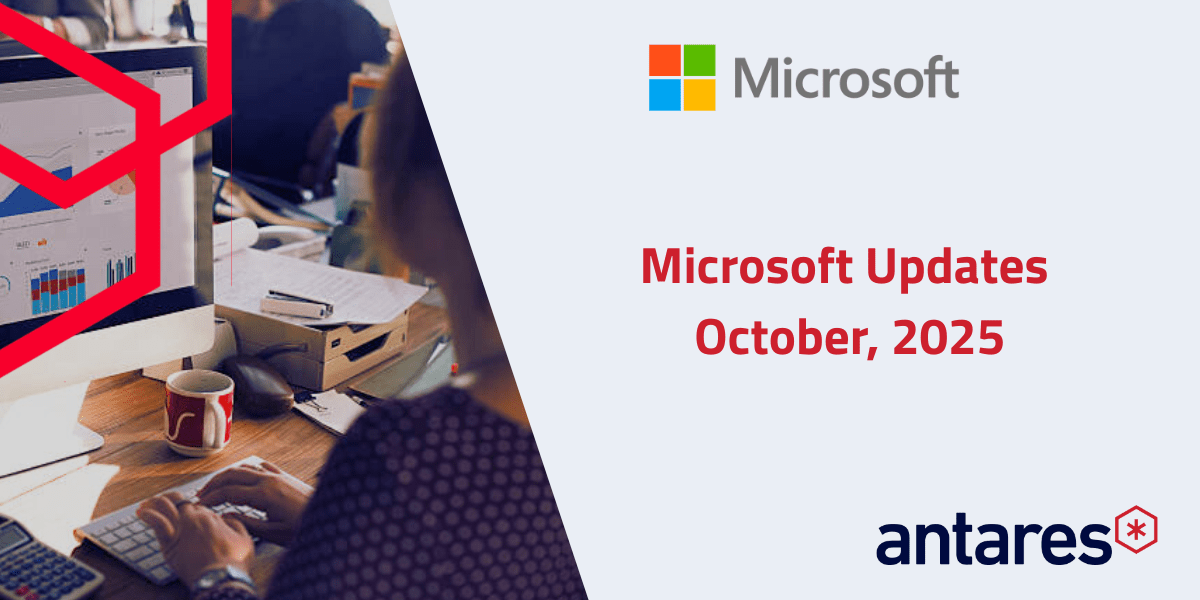Higher education—and any other sector intent on thriving—was already on a journey toward digital transformation before 2020. Recent events have accelerated the need to quickly adapt to digital delivery and broadly speaking this has been more successful (and less painful) than many had imagined. A deputy vice-chancellor from a Sydney university commented that “people who previously thought that online was a poor substitute for face-to-face have changed their minds and there has been a rethink about the role of technology in supporting education. It is a much more sophisticated, educationally sound offering.” Digital delivery and collaboration platforms may have saved the day, but ad-hoc implementation could be the straw that causes your IT infrastructure and team to suffer a mischief.
Nobody knows what will happen next with funding models, border control or international students but it’s a safe bet we will all still be expected to do more with less. The digital delivery and collaboration platforms powering much of the pandemic’s online learning comes with its own support overhead with internal IT teams suddenly expected to create an ever-increasing number of instances to serve the community. The trick is to create a framework to support the capabilities we need now without imposing a burden on existing operations and being sufficiently flexible to adopt advances we haven’t even thought of yet.
Technologists tend to get excited by rock star developments such as Artificial Intelligence, Machine Learning, Biometrics, Virtual Reality and Holograms. No doubt these developments will offer much in the way of value very soon, but most days, most people are faced with more pedestrian concerns such as, how to do more with dwindling funds, an overworked staff and an uncertain future. Familiar? In higher education, implementing the right technology to support future requirements is not simply about bolting on a content delivery network or a student portal; longer term success is more likely to be tied to an approach that progressively introduces the digital efficiencies that extend and enhance systems without imposing a burden on support staff.
Central Queensland University was already underway with the implementation of a comprehensive Digital Transformation program when the pandemic hit. Their considered approach to digital transformation was broad-based, not tied to the introduction of new layers of technology but built on enhancing, expanding and improving the entire student experience through the lifecycle of the relationship with the university. With support from the senior executive and sponsorship from the Vice Chancellor, the initiative considered three complementary streams:
- Curriculum – structure and delivery
- Digital Technology experience
- Personalised Student Engagement
Rather than replace the LMS, its structure and interface were mirrored through integration with Microsoft Teams. The new technology platform introduced advanced digital delivery and collaboration and served as a platform for future digital enhancements. Importantly, the solution meant that each instance of Teams was populated with the channels and the structure exactly as in the LMS. All this was achieved via an automated provisioning system so there was no impost on the IT support or admin teams. The initial projects were rolled out following an agile methodology which allowed the team to rapidly prove the concept and continue the journey. The 2020 academic year unfolded in unison with the pandemic and the restrictions wrought in response. The level of collaboration and depth of connection enabled by the rapid deployment of Microsoft Teams was a tremendous success in a challenging year.
As part of their digital transformation journey the team at CQU avoided imposing new tools and technology; rather users are encouraged to explore the possibilities by opting in to use the new systems. Microsoft Teams was tightly integrated with the existing LMS allowing students (and lecturers) to access and navigate their learning materials via the existing interface. Equally they could access LMS functionality via Teams. This people -focused approach ensured the quality of the individual’s experience and was a key factor in the success of the Team’s implementation. Within the first twelve months of rolling out the availability of Microsoft Teams, 41% of lecturers opted in and embraced the opportunity.
Antares Solutions approach to technology solutions for higher education is built on a framework that delivers an Adaptive Learning Experience or aleX for short. Much that you will read or see about the approach deals with the tremendous advantages revealed for the teaching and student community but equally important are the elements behind the scenes. Antares unique approach to digital delivery and collaboration includes a configuration and provisioning engine which removes the burden of set up, and support from the IT team. It allows for seamless introduction of digital collaboration environments. The result is an extensible technology platform that will scale to meet changing needs without imposing on operations or capital expenditure.
Learn more about aleX, The Adaptive Learning Experience here.




